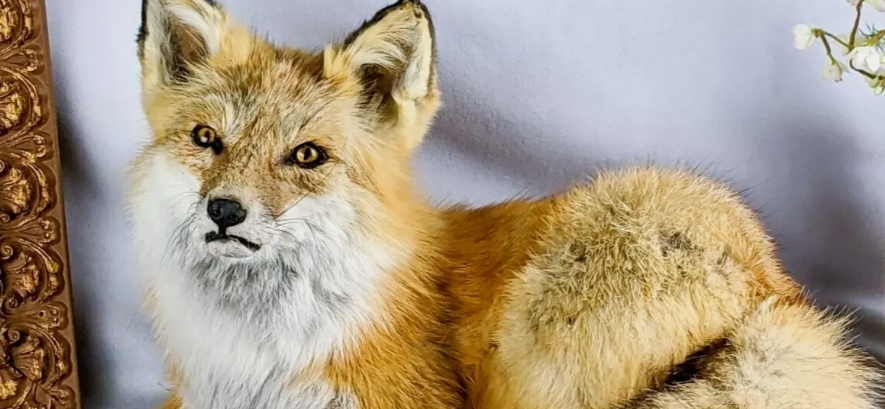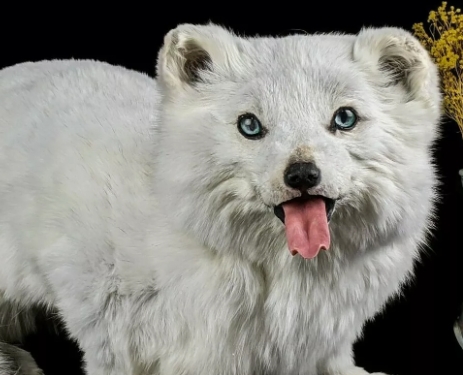Fox specimens are professional collections for the preservation and display of foxes and are widely used in zoological research, education and natural collections. The process of taxidermy includes steps such as capture, fur treatment, fixation and display, and is designed to preserve the fox's natural appearance and details.
First, foxes need to be disposed of quickly after capture to prevent the carcass from rotting. The treatment process usually involves the removal of internal organs and blood and initial treatment with preservatives. Next, the fox's fur needs to be waxed and bleached to maintain its natural color and texture. This step also includes a fine dressing of the skin to ensure a realistic appearance of the specimen.
During the fixation stage, the fox's fur is carefully stretched and fastened to a specially made model or holder. The purpose of this step is to ensure that the fox's size and posture remain the same. Once fixed, the specimen is placed on a display box or shelf, possibly with a detailed label indicating where, when and how it was collected.
Fox specimens not only help scientists study fox anatomy, ecology, and behavior, but can also be used in education to help students understand fox biology. For nature lovers and collectors, fox specimens are an expression of the exquisite beauty and natural craftsmanship of wild animals and are a prized natural collection.




